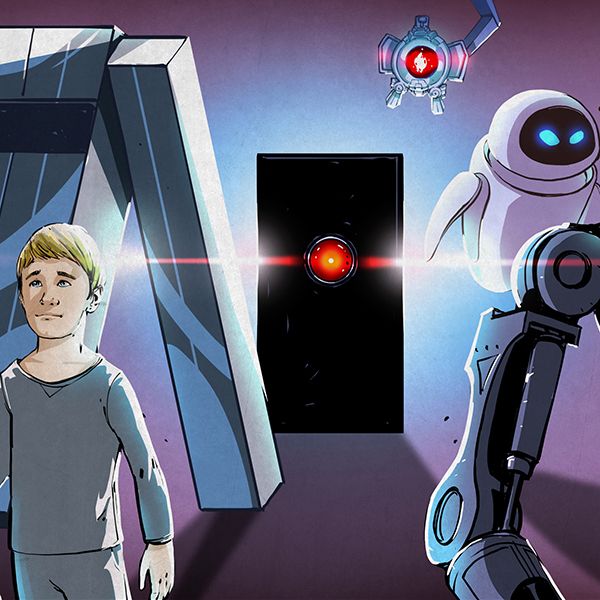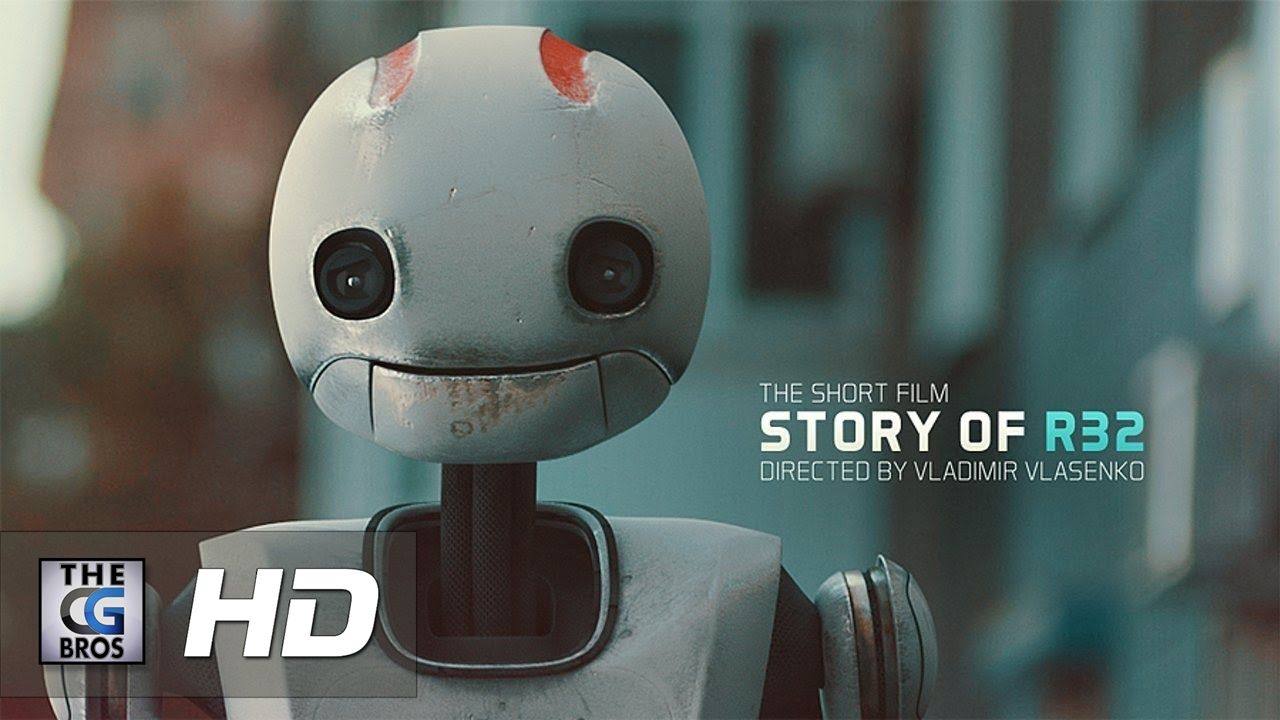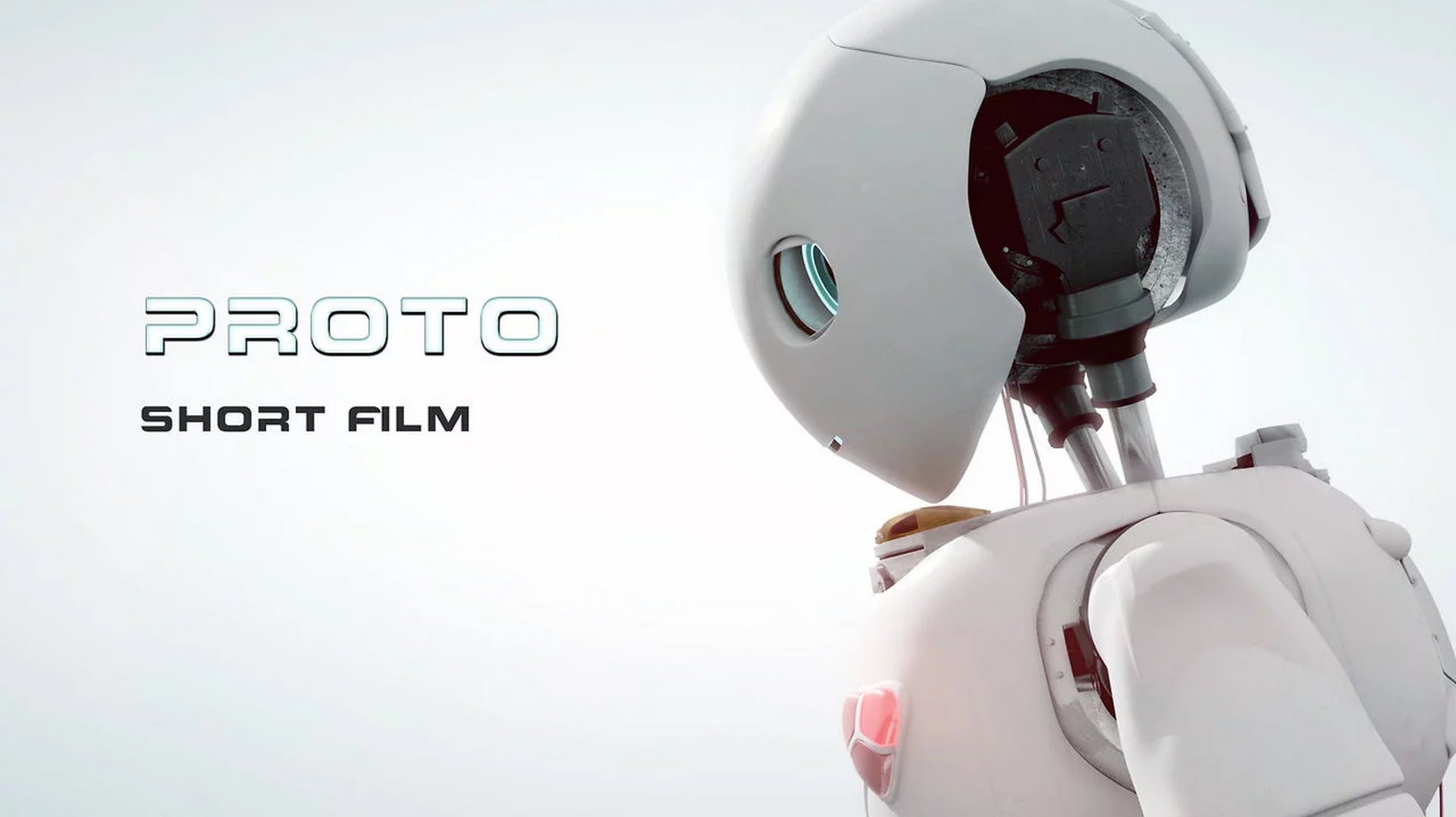
Category: robotics/AI


I visited one of the largest megachurches in the US as an atheist Transhumanist presidential candidate — here’s what happened
A new article on visiting Alabama’s largest megachurch on the Immortality Bus and discussing transhumanism. Make sure to check out the 2-min YouTube video embedded in the story:
The pastor considered whether robots could be saved.

The future of intelligence: Cambridge University launches new centre to study AI and the future of humanity
The University of Cambridge is launching a new research centre, thanks to a £10 million grant from the Leverhulme Trust, to explore the opportunities and challenges to humanity from the development of artificial intelligence.

Cambridge University launches £10 million AI research centre, to ‘move away from science fiction’
What will happen when machines become smarter than us?
It used to be a question purely for science fiction writers, but with experts predicting human-level AI could become a reality within this century, it’s become a pressing issue for scientists and philosophers, as they try to predict how our world will change.
Keen not to be left behind, Cambridge University has been at the forefront of the issue, and today announced the launch of a brand new centre, dedicated to answering the very real questions once seen solely as the preserve of Doctor Who or Stanley Kubrick’s HAL.

A Short History of AI, and Why It’s Heading in the Wrong Direction
Sir Winston Churchill often spoke of World War 2 as the “Wizard War”. Both the Allies and Axis powers were in a race to gain the electronic advantage over each other on the battlefield. Many technologies were born during this time – one of them being the ability to decipher coded messages. The devices that were able to achieve this feat were the precursors to the modern computer. In 1946, the US Military developed the ENIAC, or Electronic Numerical Integrator And Computer. Using over 17,000 vacuum tubes, the ENIAC was a few orders of magnitude faster than all previous electro-mechanical computers. The part that excited many scientists, however, was that it was programmable. It was the notion of a programmable computer that would give rise to the  idea of artificial intelligence (AI).
idea of artificial intelligence (AI).
As time marched forward, computers became smaller and faster. The invention of the transistor semiconductor gave rise to the microprocessor, which accelerated the development of computer programming. AI began to pick up steam, and pundits began to make grand claims of how computer intelligence would soon surpass our own. Programs like ELIZA and Blocks World fascinated the public and certainly gave the perception that when computers became faster, as they surely would in the future, they would be able to think like humans do.
But it soon became clear that this would not be the case. While these and many other AI programs were good at what they did, neither they, or their algorithms were adaptable. They were ‘smart’ at their particular task, and could even be considered intelligent judging from their behavior, but they had no understanding of the task, and didn’t hold a candle to the intellectual capabilities of even a typical lab rat, let alone a human.

Risks of mass toying with genes addressed at Cambridge conference
While the global academic discussion focuses on the coverage of existential risks associated with the rise of a Skynet equivalent artificial intelligence; it is worth mentioning that there are divergent advances in biotech whichare as alarming and urgent as the rise of an all omnipotent and omnipresent AI. Those issues should be directed and scanned under a microscope because they are at our doorstep. We should note that the application of “wind tunnelling” towards new technologies is necessary to prepare for the future, and subsequently, we should mitigate the risks and anticipate the greatest threats associated with technology XYZ as well as the biggest opportunities.
If we recall the year 2011, virologist Ron Fouchier presented his enhanced version of the H5N1 which could create a pandemic of massive impact wiping out half the world population if not more. Fouchier was experimenting with the avian flu virus searching for virulence enhancing evolution paths. What he did is spread the virus throughout a population of ferrets, and it reproduced with an increase in its ability to adapt at each transformation; in ten generations, the airborne version gained so much in virility that it had the potential power to kill half of the human population.
A year after that, in 2012, CRISPR/Cas9 genome engineering/editing tool was first shown to work in human cell culture. It allows scientists to edit genomes which binds and splices DNA at specific locations. The complex can be programmed to target a problematic gene, which is then replaced or repaired by another molecule introduced at the same time. A highly precise method. In the past years there has been much researchwere many researches conducted, e.g. the first monkeys with targeted mutations were born, and even editing methods for preventing HIV-1 infection in humans. What this means is the introduction of a complex randomness factor. If in the past a handful of people had access to genomic iterations and experimentation; now this fact is about to be change, releasing the proverbial genie from the bottle, with little ability to control it.

CGI VFX Shorts HD: “Story of R32”
Check out this short film Directed by the talented Vladimir Vlasenko, about a lonely robot who just tries to attract attention to himself. For more information, please see the details and links below:
Director & CG — Vladimir Vlasenko.
Director of photography — Igor Guryev.
Sound & music — Nikita Troepolskiy, Igor Smirnov, Danil Varakuta.
Rotoskopy — Maxim Artemenko.
Actors — Nadya Vecherya, Nastya Borsh, Alexandr Sheweiko, Alexandr Koval.
Software used 3dsmax and After Effects.
Watch the making of here: https://www.youtube.com/watch?v=YPzzxhfzsE4
Website — http://vk.com/vladimir_vlasenko
Facebook — https://www.facebook.com/vlasenkovladimir
Behance — https://www.behance.net/vladimirvlasenko
Vimeo — http://vimeo.com/vladimirvlasenko
SUBSCRIBE — to TheCGBros for more inspiring content!
http://www.youtube.com/user/thecgbro?sub_confirmation=1

PROTO — Sci-Fi Short Film (Full Length)
A little bit of smile inducing, starry eyed optimism to balance out the post-apocalyptic horror-show version of the Singularity depicted in the other shot film I posted.
‘PROTO’ is a short film, produced by Eye Candy Film as an international co-production between Screen South based in the UK and Film Fyn based in Denmark.
The film was shot in August 2011 at Robocluster in Denmark, a genuine working robotics lab. It was completed in June 2012 and will premiere later this year.
CGI was completed by VERL, Dundee. Additional CG was provided by James Kearsley http://www.jkstudios.tv/
DIRECTOR, WRITER: Nicholas Pittom
PRODUCER: Richard Georg Engström
PRODUCTION COMPANY: Eye Candy Film
DIRECTOR OF PHOTOGRAPHY: Luke Palmer
‘PROTO’ is a sci-fi action adventure, about a child-like, experimental robot, set in the robotics lab where he has been built. Although PROTO has been made to fulfil the ambitions of his creator, Prof. Andrews, he learns to find his own dreams and ambitions, and also the strength needed to realise them.
The main theme of the film is freedom, both literal and in the ability to choose one’s own destiny – to break free of expectations. We wish for the film, while an exciting and fun science fiction, to also capture a magical sense of wonder. PROTO will overcome the expectations and restrictions placed on him and discovering his true self.
Full Cast and Crew:
IMDB: http://www.imdb.com/title/tt2436764/

Can Zoltan Istvan beat Hillary, Trump, and Death itself?
Here’s a very in depth, approximately 6,000 word story (broken into 5 articles) with many pictures on transhumanism–from one of the world’s leading tech sites: The Verge.
Zoltan Istvan is very worried about the superintelligent machines.
He says the war over artificial intelligence will be worse than the Cold War nuclear arms race — much worse. It will be far more deadly, and whoever wins will control the world, eternally. This artificial intelligence might be being developed right now, he says, for all we know. At a government facility in the middle of the Arizona desert, perhaps.
But this is not what Zoltan Istvan is most afraid of, and neither is it the weirdest thing he will tell me in our week together driving 400 miles across the Southwest in his 40-year-old “Immortality Bus,” crudely fashioned into the shape of a coffin. As the presidential candidate of the Transhumanist Party, Zoltan Istvan is dedicated to spreading transhumanism’s gospel, like some modern day Ken Kesey who doesn’t even need acid for his trip.
Zoltan Istvan very much wants to be the next president of the United States.

New AI ‘Gabriel’ wants to whisper instructions in your ear
Researchers at Carnegie Mellon University are building an AI platform that will “whisper” instructions in your ear to provide cognitive assistance. Named after Gabriel, the biblical messenger of God, the whispering robo-assistant can already guide you through the process of building a basic Lego object. But, the ultimate goal is to provide wearable cognitive assistance to millions of people who live with Alzheimer’s, brain injuries or other neurodegenerative conditions. For instance, if a patient forgets the name of a relative, Gabriel could whisper the name in their ear. It could also be programmed to help patients through everyday tasks that will decrease their dependence on caregivers.
For the software to exist as a working wearable assistant, it will need a head-mounted device to latch onto. For now, the team is using Google Glass for demos like a ping pong assistant, where the programs tells the user to hit the ball to the right or left depending on the position of the ball in relation to the opponent. In the video below, when the user follows the guidance it makes it harder for the opponent to defend the ball in the game.